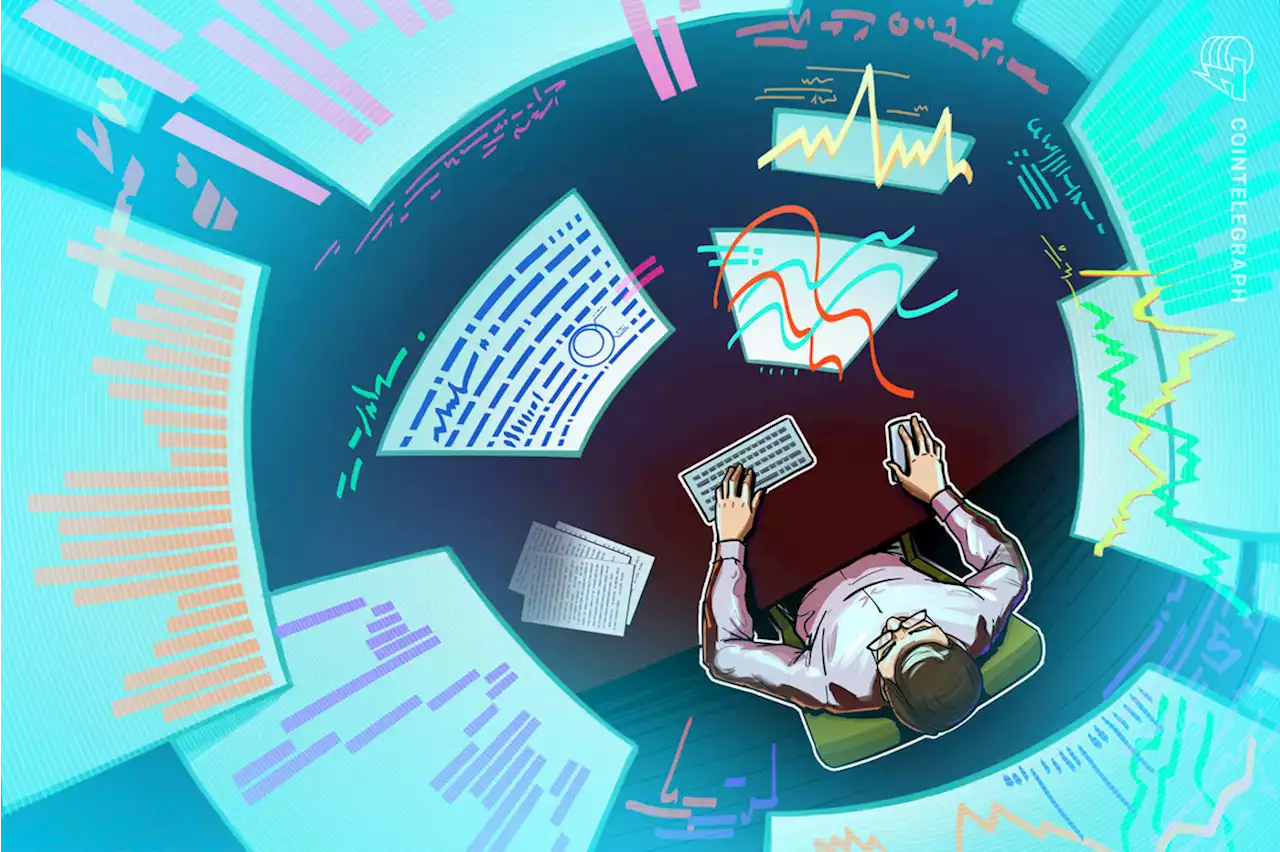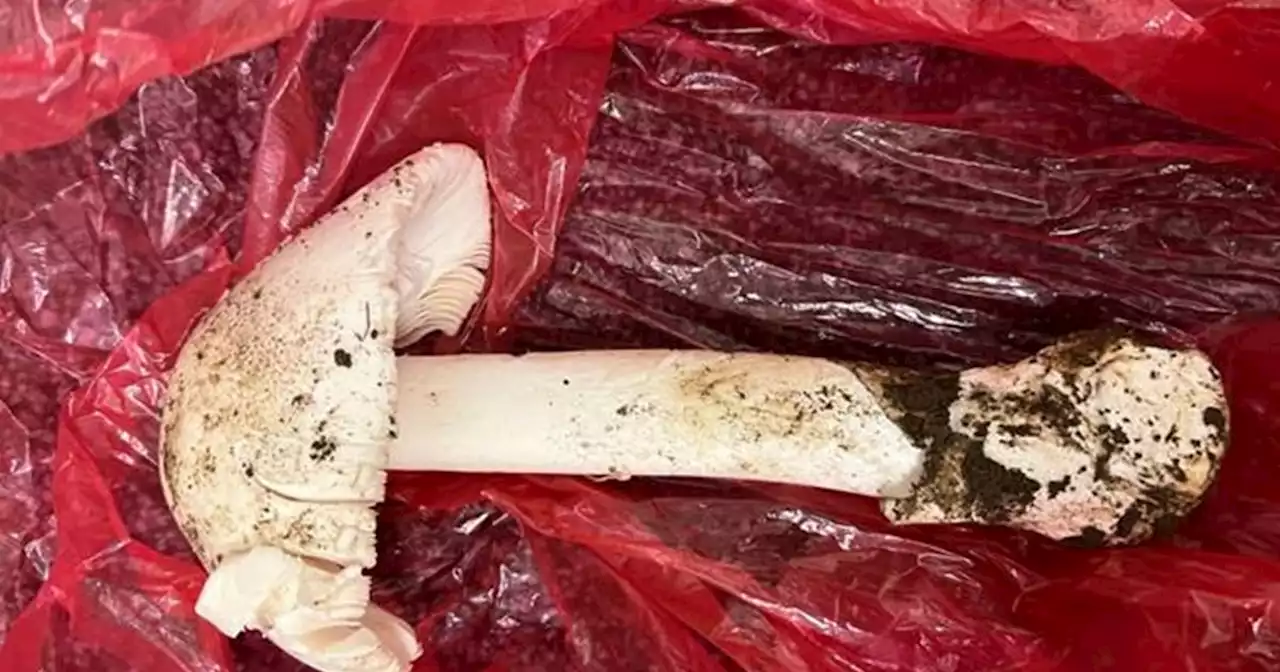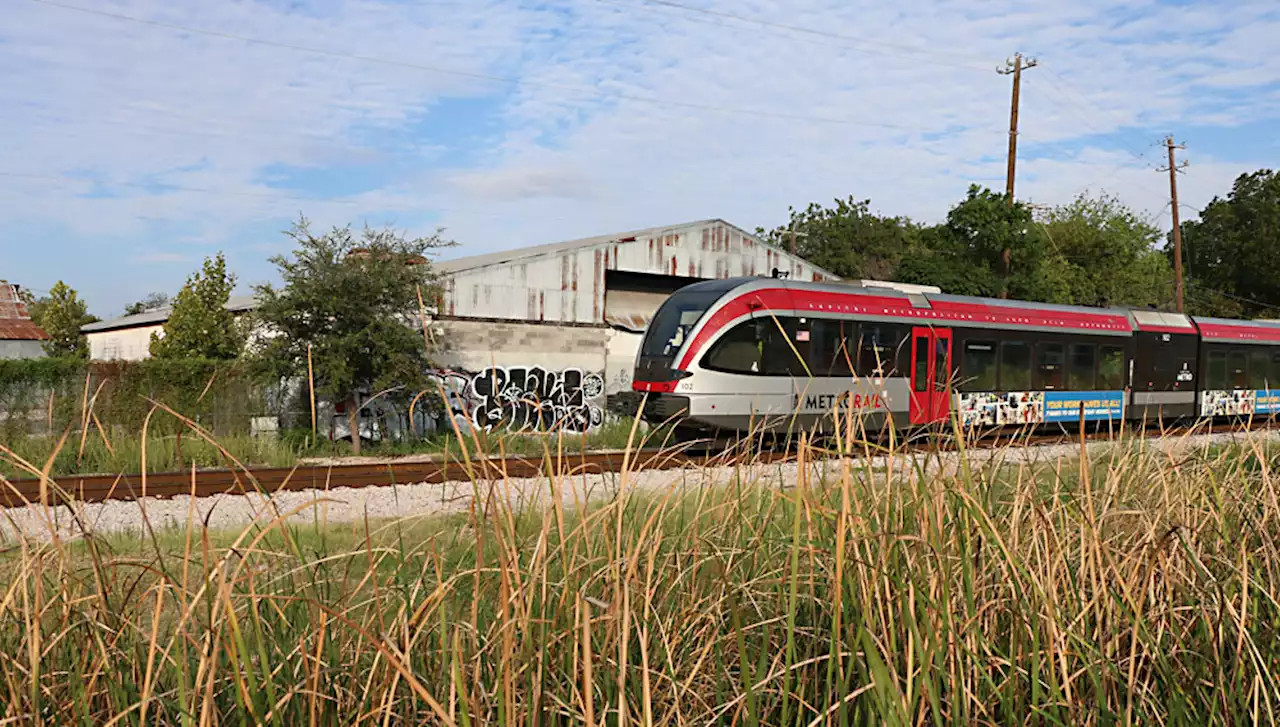Everything at Cap Metro is in flux with new ridership, new leadership, and new routes.
Michael Hill takes the bus to work every morning. Well, he actually takes a few buses. He boards the 20, then transfers to the 300 and finally takes the 10 to get him to work. In total, his daily commute from Southeast to Southwest Austin takes about an hour and 15 minutes. Hill, who doesn't own a car, said he largely enjoys the bus service, but noted that it's important to plan for delays to ensure he arrives at work on time."I have to get up early ...
According to the Austin Strategic Mobility Plan, only 4% of Austinites rely on public transit to get around, but the city aims to grow that number to 16% by 2039. Getting public transit advancements right in the 2020s will play a key role in the city's ability to reach that number. As Cap Metro returns some of its services to pre-pandemic levels, it faces a decade that figures to be an unrelenting sprint to accomplish the goals set out in Project Connect.
Complaints about reliable service are hardly limited to the UT shuttles. Like Sánchez Gómez, Thelma Yolanda Urrea doesn't have a car, which has been an adjustment for her. Her car was totaled three years ago; since then she has relied on the bus, which has presented challenges."They changed the route and now the bus stop is very far from the [VA] clinic," Urrea said. She filed a complaint with Cap Metro but never heard back.
“It’s a chicken-and-egg problem. They’re not going to ride it if it’s not there, and we’re going to take a beating for having empty buses going down MoPac if we do put them [out].”As a result of the change in work behavior, Cap Metro has slashed some of its commuter lines that provide service to outlying parts of the city. Cap Metro Board Member Wade Cooper noted the quandary that Cap Metro now faces with these commuters during the September board meeting.
Zhang said that this optimism is future-looking. He expects it could take more than two years for ridership to return to pre-pandemic levels, as people get more comfortable with the COVID threat. Even then, the ridership might not be the same folks who rode prior to the pandemic. Instead, Austin's continued population growth could fill the gap of missing riders, he said.
United States Latest News, United States Headlines
Similar News:You can also read news stories similar to this one that we have collected from other news sources.
 Cap Hill, Sodo, T-Town and the ‘Frisco Effect’Certain Northwest cities and neighborhoods have nicknames that evoke strong feelings among some local residents – but none, apparently, as strong as the “Frisco Effect” in the city by the bay.
Cap Hill, Sodo, T-Town and the ‘Frisco Effect’Certain Northwest cities and neighborhoods have nicknames that evoke strong feelings among some local residents – but none, apparently, as strong as the “Frisco Effect” in the city by the bay.
Read more »
 Data shows traders are slightly bullish even as crypto’s total market cap falls under $800BHow is your trust in crypto after the FTX debacle? While the crypto market keeps falling, some traders' spirits seem far from down.
Data shows traders are slightly bullish even as crypto’s total market cap falls under $800BHow is your trust in crypto after the FTX debacle? While the crypto market keeps falling, some traders' spirits seem far from down.
Read more »
 'Death cap' mushroom poisoning almost kills family as foraging popularity growsWild mushrooms for culinary and psychedelic experiences have been having a moment in recent years. But “it’s ridiculously easy to mistake a poisonous mushroom for an edible one,” doctors warn.
'Death cap' mushroom poisoning almost kills family as foraging popularity growsWild mushrooms for culinary and psychedelic experiences have been having a moment in recent years. But “it’s ridiculously easy to mistake a poisonous mushroom for an edible one,” doctors warn.
Read more »
 Crypto Markets Shed $60B in 2 Days as Bitcoin Slumps Below $16K (Market Watch)The cryptocurrency market cap has dumped below $800 billion following two consecutive days of price drops.
Crypto Markets Shed $60B in 2 Days as Bitcoin Slumps Below $16K (Market Watch)The cryptocurrency market cap has dumped below $800 billion following two consecutive days of price drops.
Read more »
 EU gas cap seen in place for one year, countries at odds over price levelThe European Commission proposed introducing a gas price cap for one year from Jan.1, 2023, according to draft legislation seen by Reuters that has so far left the actual ceiling level blank.
EU gas cap seen in place for one year, countries at odds over price levelThe European Commission proposed introducing a gas price cap for one year from Jan.1, 2023, according to draft legislation seen by Reuters that has so far left the actual ceiling level blank.
Read more »
